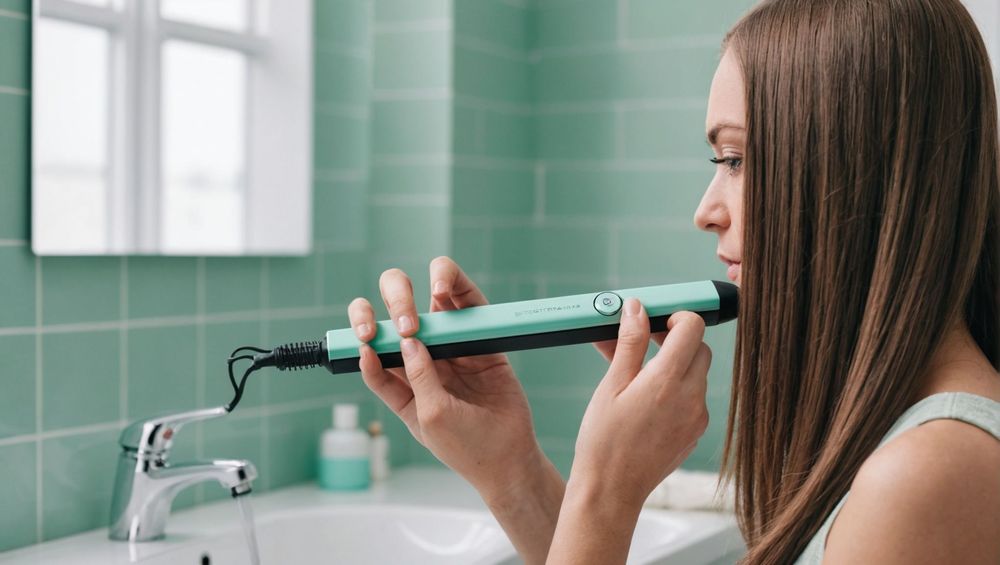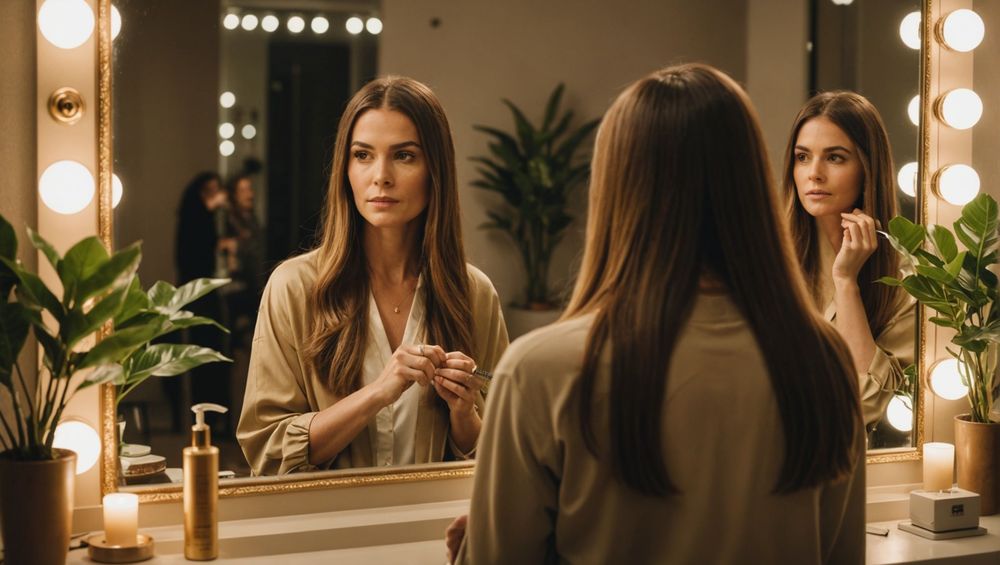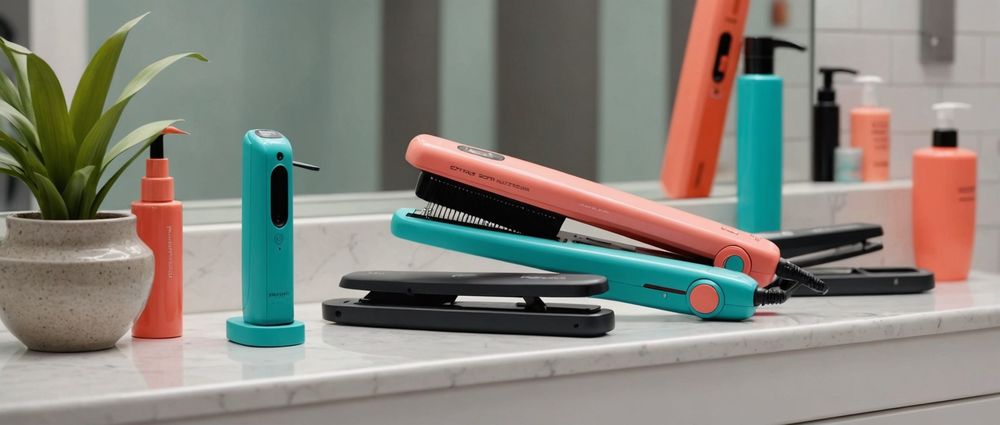Choosing the best hair straightener is crucial to achieving that sleek, polished look without damaging your hair. A quality straightener can make a significant difference, not only in terms of styling but also in how your hair feels and maintains its health over time. The right tool will depend on your hair type, preferred styling techniques, and specific features that cater to your needs. This article will guide you through the essential factors to consider when selecting a hair straightener, ensuring you make an informed choice.
Understanding Hair Types

Before purchasing a hair straightener, it’s important to understand your hair type, as different types may require unique settings for optimal styling. Factors such as thickness, texture, and curl pattern play a vital role in determining which straightener will work best for you. Here are some common hair types:
- Fine Hair: Tends to heat up quickly and is more susceptible to damage. Opt for a straightener with adjustable temperature settings.
- Thick Hair: Requires higher heat to straighten effectively. Look for straighteners with wider plates for better coverage.
- Curlier Hair: Needs a strong heat setting to tame curls. Choose a tool that offers steam options for extra moisture.
- Damaged Hair: Requires lower heat settings and protective features. Consider straighteners made with ceramic or tourmaline plates.
Material Matters
The material of the straightener plates greatly affects its performance and your hair health. Different materials provide varying levels of heat distribution and hair protection. Here’s a breakdown of the most common materials and their benefits:
- Ceramic: Ensures even heat distribution, reducing hot spots that can damage hair.
- Tourmaline: Emits negative ions that help eliminate frizz and provide shiny results.
- Metal: Heats up quickly but can create uneven temperatures, which may lead to hot spots and hair damage.
- Floating Plates: Allow for better contact with hair, making straightening faster and more efficient.
Plate Size and Shape
The size and shape of the plates on your hair straightener can significantly affect its performance. Here are some key points to consider:
- Width: Wider plates are ideal for those with long or thick hair, while narrower plates work well for shorter hairstyles or precision styling.
- Shape: Rounded edges make it easier to create curls and waves, whereas flat edges are perfect for straightening.
- Length: Longer plates can help straighten larger sections of hair at once, making styling quicker.
- Height: Slimmer profiles allow for more control during styling, especially for intricate looks.
Temperature Control

Temperature settings are another crucial aspect to consider when choosing the best hair straightener. Different hair types require different heat levels for safe and effective styling. Look for the following features:
- Adjustable Temperature: This allows you to customize the heat according to your hair type.
- Rapid Heat-up: Straighteners that heat up quickly save time and are more convenient for last-minute touch-ups.
- Automatic Shut-off: Provides peace of mind by turning off the straightener when not in use.
- Digital Display: A clear display helps you monitor and maintain your desired temperature easily.
Additional Features and Accessories
Lastly, consider the additional features and accessories that can enhance your hairstyling experience. Some straighteners come equipped with useful functions that may provide added value:
- Temperature Lock: Prevents accidental temperature adjustments while styling.
- Swivel Cord: Allows for easier maneuverability, reducing the risk of tangles.
- Case or Heat Resistant Mat: Protects surfaces and your straightener when not in use, adding safety to your routine.
- Travel-Friendly Design: Some models are designed to work universally with dual voltage for easy packing.
Conclusion
Choosing the right hair straightener involves understanding your hair type, identifying the best materials, considering plate size and temperature control, and looking for additional features that may enhance your styling experience. By taking the time to evaluate these elements, you can select a straightener that not only achieves your desired look but also keeps your hair’s health in mind. Remember, a good hair straightener should empower you to style your hair efficiently while minimizing damage.
FAQs
1. What temperature should I set my hair straightener at?
For fine hair, aim for 300°F to 350°F; for medium hair, 350°F to 400°F; and for coarse or curly hair, 400°F or higher. Always start with a lower temperature and adjust as needed to prevent heat damage.
2. How often should I use a hair straightener?
It’s best to limit the use of a hair straightener to a few times a week, especially if you have fine or damaged hair. Always use a heat protectant spray before styling.
3. Can I use a hair straightener on wet hair?
It is not advisable to use a traditional hair straightener on wet hair, as it can lead to damage. However, there are specialized straighteners designed for wet hair that can be used safely.
4. Is a more expensive hair straightener worth the price?
Higher-priced hair straighteners often come with advanced technology and features that can prevent damage and improve results. However, it’s essential to find a model that suits your specific needs and budget.
5. How do I clean my hair straightener?
Cleaning your hair straightener is essential for longevity and performance. Allow it to cool, then use a damp cloth to wipe the plates. For stubborn residue, use a specialized cleaning solution according to the manufacturer’s instructions.
